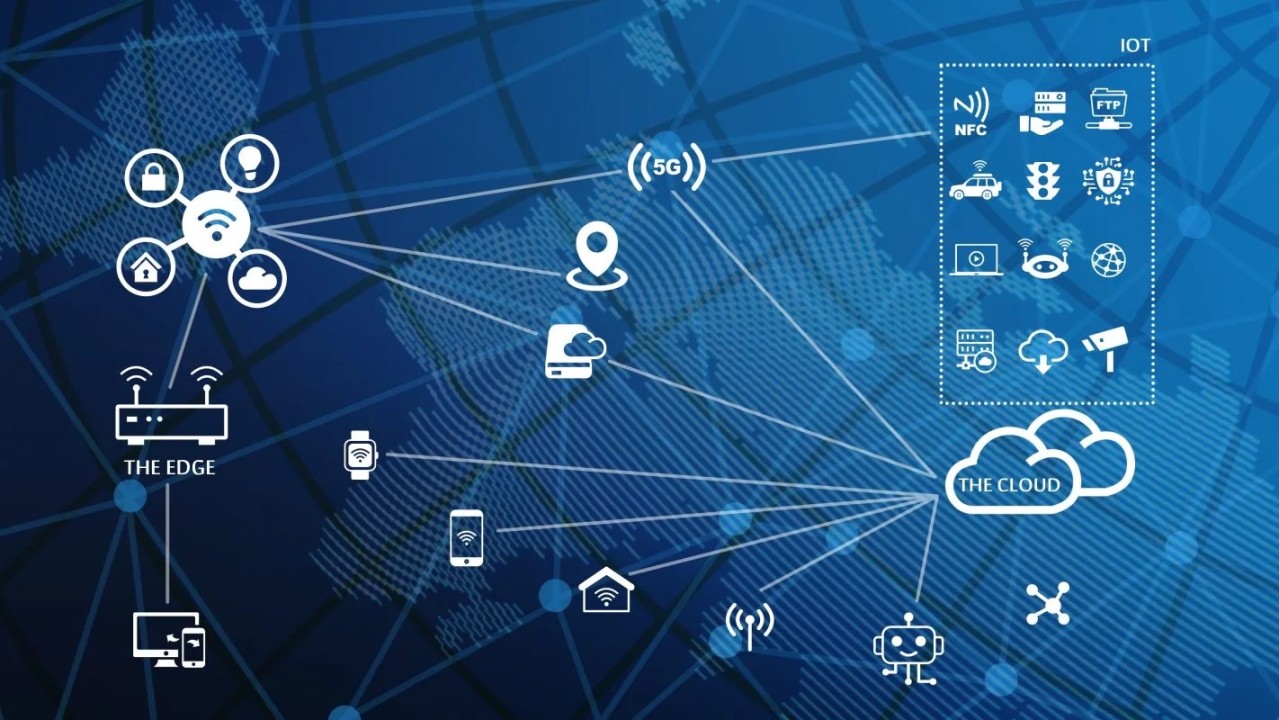We live in an era of explosive data growth. From IoT sensors on factory floors and smart city infrastructure to mobile devices and sophisticated customer analytics, businesses are generating and consuming data at an unprecedented rate. For years, the cloud has been the go-to solution for storing and processing this deluge. However, relying solely on centralized cloud computing for everything is revealing limitations, particularly when speed, real-time responsiveness, and operational resilience are critical.
Sending vast amounts of data back and forth to a distant data center can introduce delays (latency), consume significant network bandwidth (cost), and create vulnerabilities if connectivity is lost. This is where Edge Computing enters the picture, moving beyond hype to become a crucial architectural component for modern digital operations, especially here in the technologically advanced landscape of the UAE.
But what exactly is Edge Computing, and more importantly, what's the compelling business case for adopting it? It boils down to two key advantages: Faster Insights and Better Performance.
What is Edge Computing (Simplified)?
In simple terms, Edge Computing means processing data closer to where it is generated – at or near the "edge" of the network – instead of transmitting it all to a centralized cloud or data center first.
Think of it like this: instead of a restaurant sending all its raw ingredients miles away to a central kitchen for every single preparation step, it sets up local prep stations (the edge) to handle immediate tasks like chopping vegetables or pre-cooking components, sending only finished dishes or essential supplies back and forth to the main kitchen (the cloud).
Edge Computing doesn't replace the cloud; rather, it complements it, creating a hybrid environment where data processing happens where it makes the most sense.
Why Move Computing to the Edge? The Business Drivers:
The decision to implement edge computing isn't just technical; it's driven by tangible business needs:
-
Latency Reduction = Faster Insights & Real-Time Action:
- The Problem: Sending data to the cloud, processing it, and receiving instructions back takes time (milliseconds matter!). For applications needing immediate responses – like industrial control systems reacting to safety alerts, autonomous vehicles making split-second decisions, or real-time analytics guiding immediate actions – this delay is unacceptable.
- The Edge Benefit: Processing data locally drastically reduces latency. Insights are generated almost instantly, enabling faster decision-making and real-time automation, turning data into immediate action.
-
Bandwidth Optimization = Significant Cost Savings:
- The Problem: Transmitting massive volumes of raw data (especially high-definition video or continuous sensor readings) to the cloud consumes considerable network bandwidth, which can be expensive and strain network capacity.
- The Edge Benefit: Edge devices can pre-process data locally, filtering out noise and sending only relevant summaries, insights, or critical alerts to the cloud. This significantly reduces data transmission volumes, lowering bandwidth costs and network congestion.
-
Improved Reliability & Resilience = Better Performance:
- The Problem: Applications reliant solely on a constant cloud connection can fail if network connectivity is disrupted, which is unacceptable for mission-critical operations.
- The Edge Benefit: Edge devices can often operate autonomously or semi-autonomously, continuing essential functions even during network outages. This enhances operational resilience and ensures critical processes keep running, contributing to overall better system performance and reliability.
-
Enhanced Security & Privacy:
- The Problem: Transmitting sensitive data over networks inherently increases exposure risks.
- The Edge Benefit: Keeping sensitive data localized for processing can sometimes reduce security risks associated with data transmission and help comply with data residency regulations. (Note: Security at the edge itself still requires robust measures).
Where Edge Computing Delivers Tangible Value (UAE Examples):
Edge computing isn't theoretical; it's solving real problems across various sectors vital to the UAE economy:
- Industrial IoT & Manufacturing: On factory floors (aligned with UAE's Operation 300bn), edge devices enable real-time quality control by analyzing sensor data instantly, trigger immediate safety shutdowns, or allow robots to react instantaneously, boosting productivity and worker safety. Predictive maintenance analysis can happen locally for faster alerts.
- Smart Cities & Infrastructure: In cities like Dubai and Abu Dhabi, edge computing powers intelligent traffic management systems that adjust signals in real-time based on local sensor data, enables faster processing of public safety surveillance footage for immediate threat detection, and optimizes energy distribution in smart grids based on localized demand.
- Retail & Customer Experience: Edge devices in stores can analyze shopper movement patterns (without sending raw video to the cloud) for layout optimization, deliver personalized promotions to customers' phones based on their real-time location in the store, or power faster, more resilient point-of-sale systems.
- Autonomous Systems (Vehicles/Drones): The UAE's focus on future mobility relies heavily on edge computing. Autonomous vehicles need to process sensor data (LiDAR, cameras) onboard for instantaneous navigation and obstacle avoidance – relying on cloud round-trips is simply too slow and dangerous.
Leveraging the UAE's Edge-Ready Ecosystem:
The widespread availability of high-speed, low-latency networks like 5G across the UAE provides the robust connectivity essential for effective edge deployments. Furthermore, national strategies focusing on AI, IoT, and digital transformation create a favourable environment for businesses leveraging edge computing to gain a competitive advantage.
Building Your Business Case:
To determine if edge computing is right for specific parts of your business, ask:
- Which applications require near real-time data processing and response?
- How much data are we generating at the edge, and what are the associated bandwidth costs?
- How critical is continuous operation, even during potential network disruptions?
- What are the security and privacy implications of processing data locally vs. centrally?
Conclusion: Edge is the New Frontier of Performance
Edge computing is a strategic response to the demands of our increasingly connected and data-driven world. By processing data closer to its source, businesses can unlock faster insights, enable real-time actions, reduce costs, and build more resilient operations. It's not about abandoning the cloud but intelligently extending its capabilities to where performance and speed matter most. For businesses in the UAE aiming for operational excellence and innovation, evaluating and strategically deploying edge computing is becoming essential for staying ahead.
Is latency hindering your real-time operations? Are bandwidth costs escalating? Dehongi can help you assess the potential of edge computing for your business and develop a strategy for implementation. Contact us to explore how edge can drive faster insights and better performance for you.

